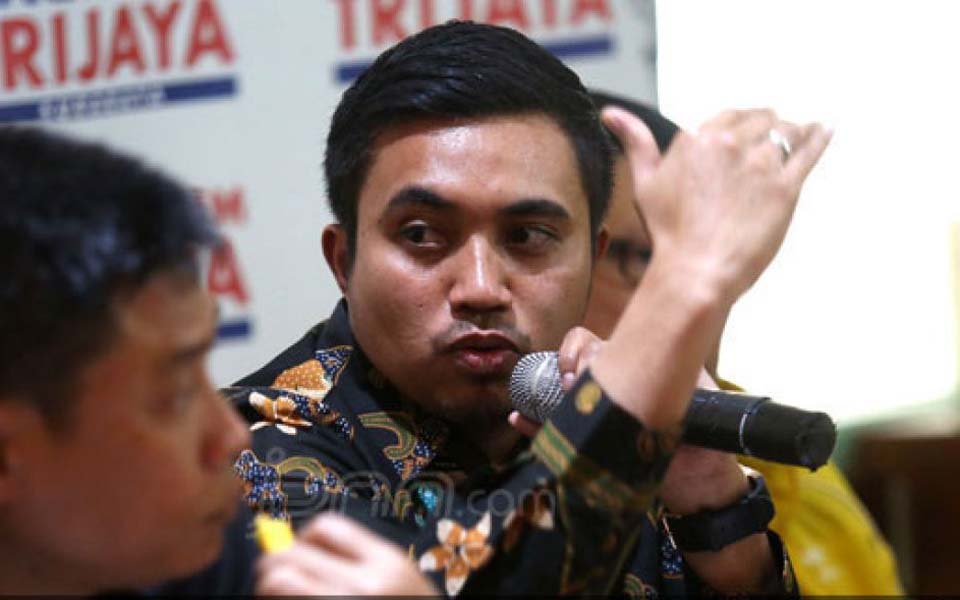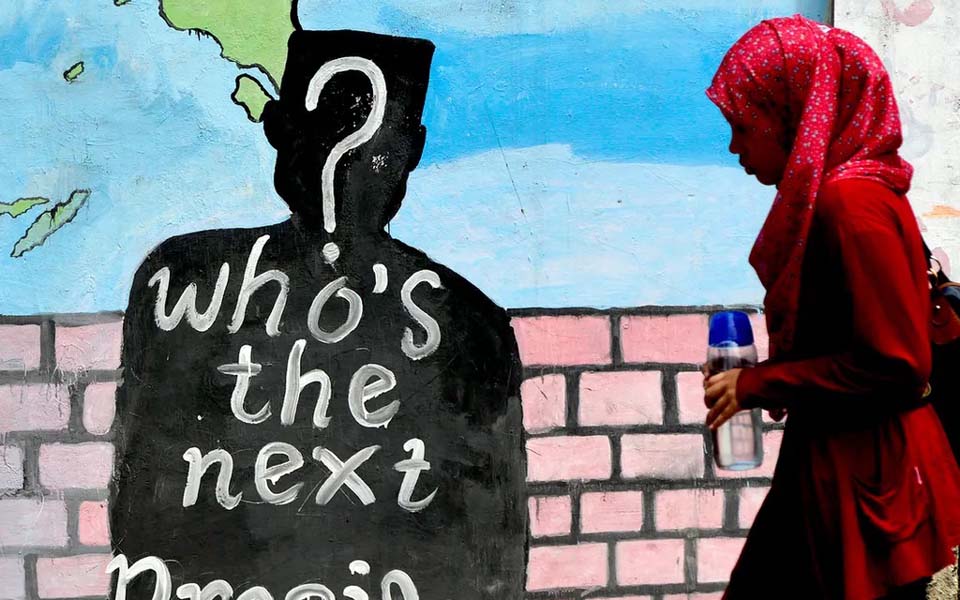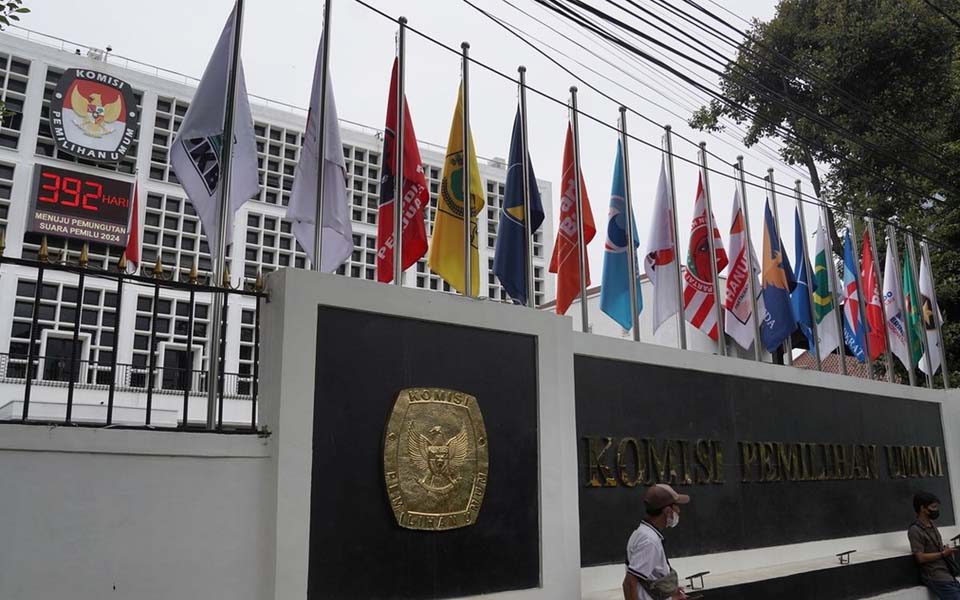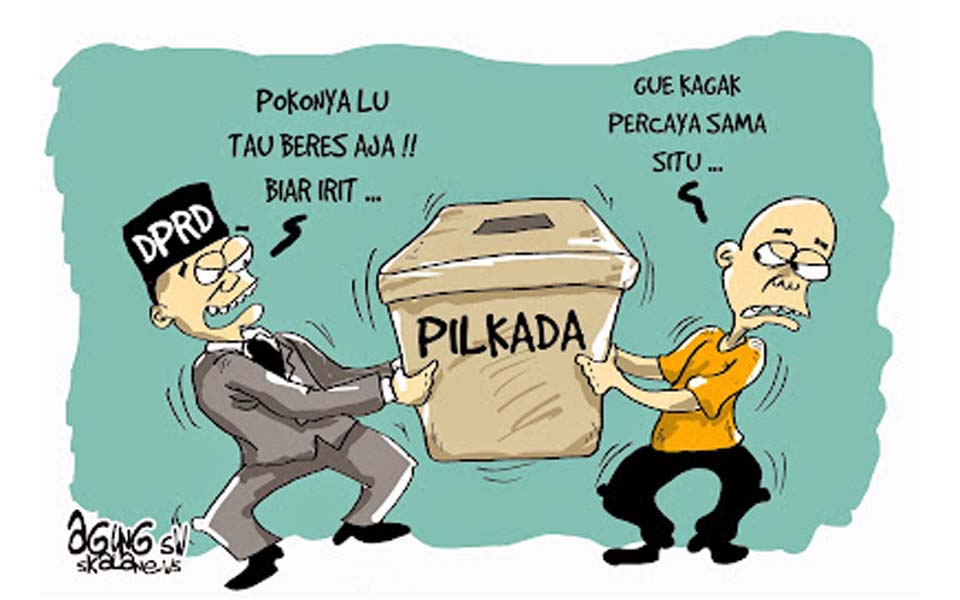Ardito Ramadhan, Jakarta – The results of a Kompas Research & Development (Litbang Kompas) survey between July 27 and August 7 show that there are 10 political parties whose electability is below 4 percent.
Yet in order to be able to send a representatives to Senayan – as the House of Representatives (DPR) is known – they must garner enough votes to meet the 4 percent parliamentary threshold.
Out of the nine political parties that currently have seats in Senayan, there are two whose electability is below 4 percent, namely the National Mandate Party (PAN) and the United Development Party (PPP).
According to the survey, PAN has an electability of 3.4 percent and the PPP 1.6 percent.
The survey also showed that none of the non-parliamentary political parties or the newly registered political parties contesting the elections have an electability above 4 percent.
Among these parties, the United Indonesia Party (Perindo) has an electability of 3.4 percent, while the other parties are below 1 percent.
They are the People's Conscience Party (Hanura, 0.8 percent), the Indonesian Solidarity Party (PSI, 0.8 percent), the Indonesian Reform Movement Party (Garuda Party, 0.5 percent), the Indonesian People's Wave Party (Gelora Party, 0.4 percent), the Ummat Party (0.2 percent), the Crescent Star Party (PBB, 0.1 percent) and the Labour Party (0.1 percent).
Based on the survey, there are only seven parties with the potential to stroll into Senayan, namely the ruling Indonesian Democratic Party of Struggle (PDI-P, 24.4 percent), the Greater Indonesia Movement Party (Gerindra, 18.9 percent), the National Awakening Party (PKB, 7.6 percent), the Golkar Party (7.2 percent), the Democrat Party (7.0 percent), the Justice and Prosperity Party (PKS, 6.3 percent) and the National Democrat Party (Nasdem, 5.9 percent).
The survey was conducted through face-to-face interviews and involved 1,364 respondents selected randomly using a multistage systematic sampling method in 38 provinces.
This method has a 95 percent level of confidence and a 2.65 percent margin of error under simple random sample conditions. The survey was entirely funded by the Kompas Daily newspaper.
[Translated by James Balowski. The original title of the article was "Survei Litbang "Kompas": Elektabilitas 10 Parpol Ini di Bawah 4 Persen".]















